香港郊野:人多定問題多?|Hong Kong’s countryside, more people more problems?
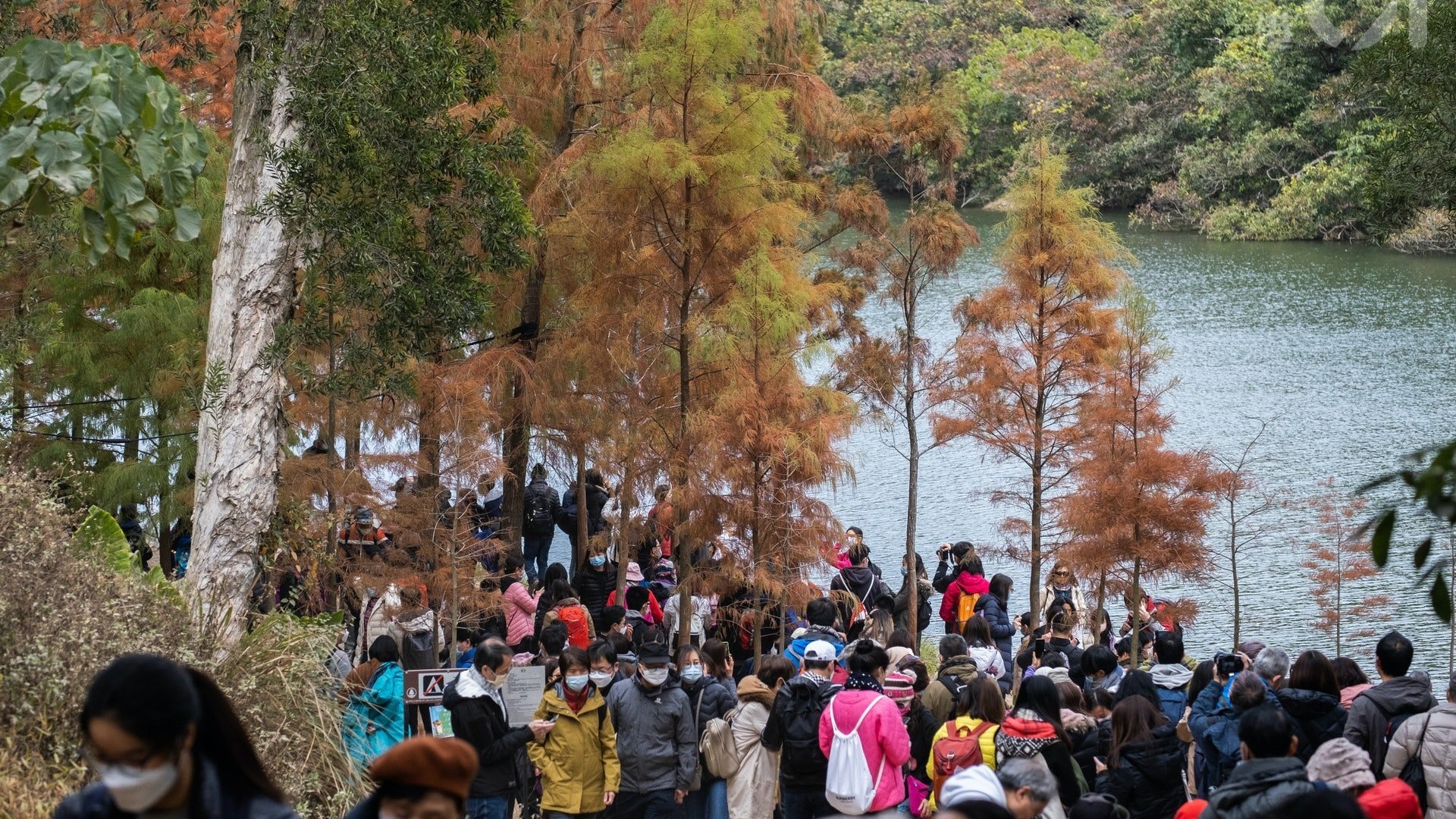
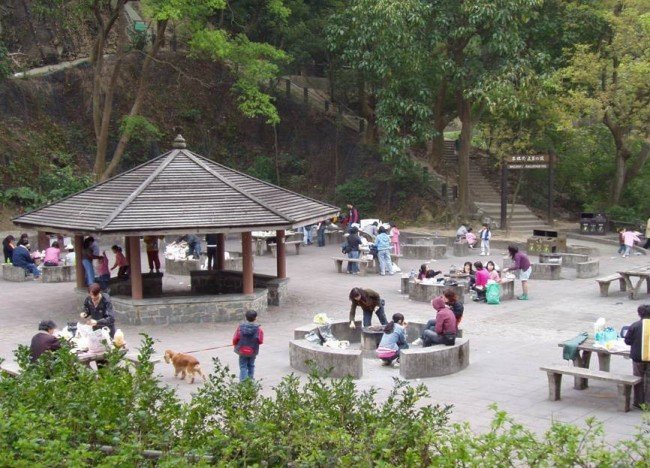
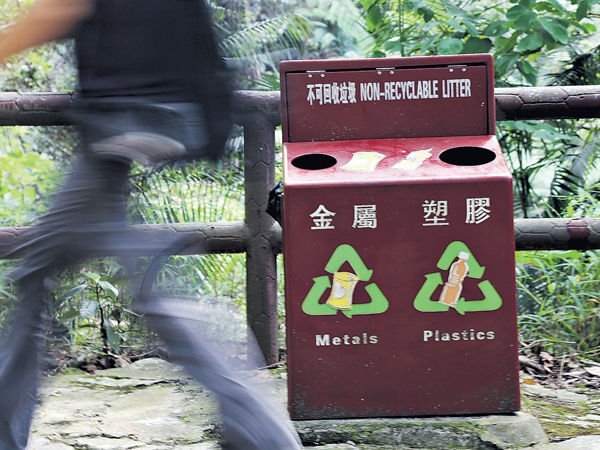

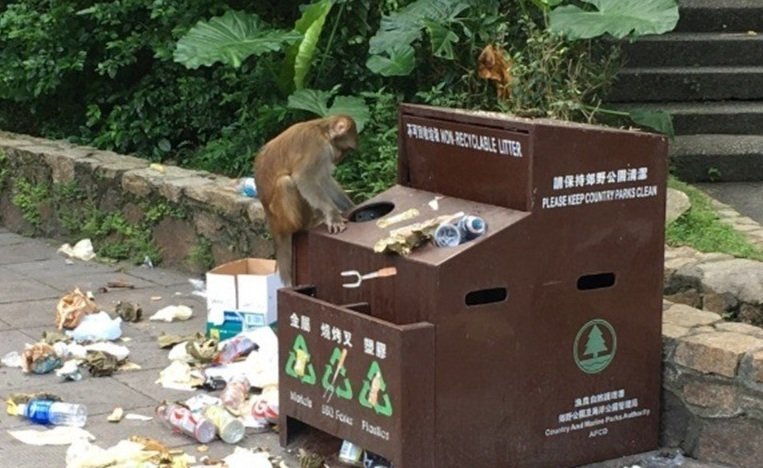
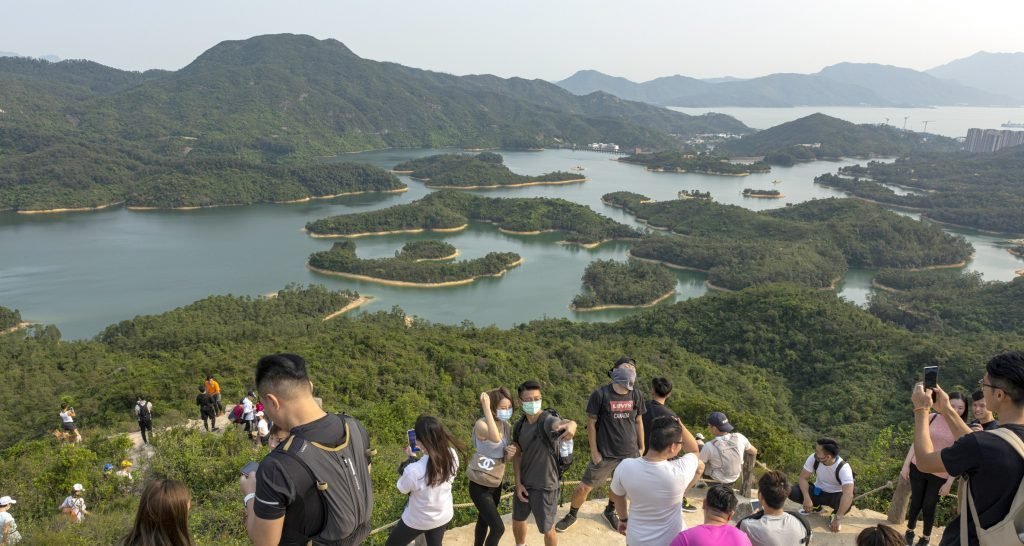
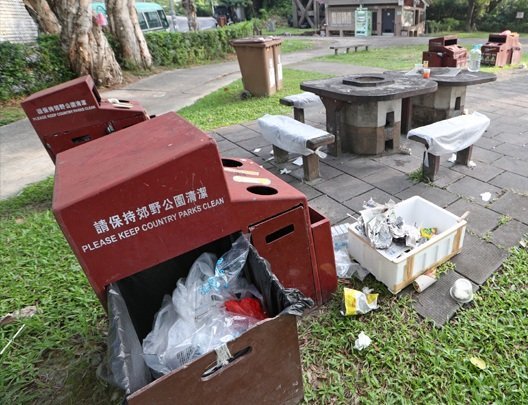
今年2月,財政司長宣布預留五億元優化郊野公園設施,包括增加觀景台、樹頂歷奇、升級露營地點、改善洗手間設施 、燒烤地點、修葺戰時遺跡⋯⋯在發展城巿的同時,我們終於記得投放資源建設更好的郊野公園當然是好事,但郊野公園的問題,看來並不止是消閒樂趣不足夠。
縱觀近年的新聞、社交平台,香港人關於郊野的討論也不少:「野生捕獲不到發哥,垃圾倒見到一大堆」、「行山上廁所,比上斜更要勇氣」、「香港人裝束勁到可以行喜馬拉雅山,但安全意識就⋯⋯」、「『郊野是屬於大家』,但『大家』計漏了輪椅使用者」⋯⋯
吉人吉事今期嘗試歸納四大熱門問題,思考在保育郊野與設計上,我們可以怎樣發揮更多創意解決問題。
乾淨衛生 全靠垃圾箱?
口罩卡在樹枝、大風吹起薯片袋,「邊個咁無公德心!」的呻罵,你必然聽過又講過。過去兩年,更多人走入郊野,部分新丁未必具備環保意識,認定郊野有政府管理,於是隨心丟棄垃圾。有人認為,這亂象歸因於無垃圾桶:2015年開始,漁護署試行在部分山徑收起垃圾回收桶,垃圾量減少7成,成效顯著,遂於2017年全面推行,惟始終有行山人士嫌措施不便。
但退一步想,垃圾桶是否萬能呢?即使市民守好本分,做好垃圾丟棄及回收,可是馬騮、野豬、野狗等不會留情,照舊翻箱倒籠尋食去。面對動物,戶外垃圾桶設計一再升級,由最初無蓋、加設掩門,以至近年加設腳踏,但人有張良計,牠有過牆梯,當垃圾滿瀉、腳踏壞了,動物又會伺機而回。返回根本,源頭減廢似乎是較佳的雙贏策略,而如何培養市民「自己垃圾自己帶走」的習慣看來才是重點,又或者,在郊野公園外設置便利的回收站,方便市民及清潔工,細節都要下工夫。
山系廁所 為何次一等?
行山口渴,飲水都好克制,皆因不想去廁所。山系廁格為什麼始終不如商場裏的乾淨光猛、散發芳香呢?
那麼,我們要先了解在山上建廁所的實際難度:首先,要考慮環境偏僻,廁所未必能接駁水管、電源或排污系統,沖廁力有限,亦難以安排人手長駐清潔,因此較常見的流動廁所是旱廁,沒有沖廁系統,馬桶下面是糞缸,職員定時出動吸糞車清理。
為了改善異味,漁護署早年改裝廁格,於屋頂設天窗,幫助通風採光。至近年,更加設太陽板儲電,照明裝置、抽氣扇得以運作,廁格外亦有USB充電功能,「尿袋」般急救手機。而部分野外廁所加設生物污水處理設施,經分解污物、過濾細菌及消毒程序後,便能流入大海,西貢灣仔半島營地、北潭涌傷健樂園都是例子。
食環署及建築署早前舉辦公廁設計比賽,期望作品採用「組裝合成」建築法及新科技,方便組件及搬運。但願新一代山系廁所也能像山系男女,清新又討好。
有危險 點幫才算幫?
大家都笑過港女穿高跟鞋行山,但疏於準備的,似乎又不是一兩個。截至今年8月,攀山拯救事故已多達660宗,比2020全年多出一成。消防處、民安隊等歸納原因:更多人挑戰難行山路,卻又未必做足準備,有時只靠問路找方向。有人選擇獨自上山,或與陌生人組隊,無互信、能力參差。當意外發生,較難互相幫助。
現時政府對策是以公眾教育為主,通過街頭廣告、電視、網上短片等,宣傳遠足安全指引。漁護署的「郊野樂行」手機App設GPS定位功能,記錄用家位置,為搜救人員提供線索。硬件方面,需否在險竣之處加設欄杆、告示,則要顧及「無痕山野」原則。過多人工資訊,或削弱自然景觀,影響其他山友的興致。
無障礙設施 想你所想?
「電動輪椅可否由索罟灣駛至榕樹灣?」遠足網站綠洲Oasistrek創辦人羅榮輝多次到訪該處,卻被問題考起,因為不曾從輪椅者的角度出發。後來他聯同社企Wheel Power Challenge、行山App TrailWatch,邀請輪椅用家測試行山路線,結果是郊野規劃還要再下多一點工夫:巴士只容納到一架輪椅,兩名輪椅者同遊,要留意交通班次疏密;山徑斜度、凹凸的地面會影響輪椅運作;輪椅者若要停留細讀導賞木牌,高度並不合適;廁所、休息亭位置對他們來說亦很重要。
政府規劃郊野時,的確有刻意預留無障礙設施,如輪椅徑、盲人徑、凸字地圖、無障礙廁所等,但範圍未必夠廣,傷健人士的需要遠大於此。近年常提的用戶體驗設計(User Centered Design),能否派上用場?民安隊辦過「登山遠足安全大使課程」,教授基本山藝及安全知識。如果是傷健人士參與,他們需要的訓練似乎包含其他細節。社會有資源支持這種教與學嗎?
地點:香港
照片來源:網上圖片
In February this year, Financial Secretary Paul Chan announced plans to set aside 500 million dollars to carry out enhancement works on facilities in some country parks, such as providing additional lookout points, treetop adventure trails, glamping sites, improve toilet facilities and barbeque sites, and restore some wartime relics. Obviously, it is good that policymakers still remember to earmark budget to improve country parks, even as much more attention is given to developing the built environment. Yet, issues confronting country parks are more than concerns over provisions of recreational facilities.
Discussions about country parks are aplenty in news channels and social media in recent years. Eye-catching headlines exclaimed problems observed in country parks, “No signs of Chow Yun Fat, only piles of rubbish” while another wittingly declared, “Going to toilets in country parks takes more courage than going uphill.” Others highlight a dismal lack of hiking etiquette and empathy. “Hongkongers hike in gears ready for the Himalayans but lack basic safety awareness!” “Why say the countryside belongs to “everyone” when you are excluding wheelchair users!”
In this GUTS issue, let’s look into the four major problems that our country parks face and explore how creativity can help to improve the current problems.
Clean and hygienic, why depend on rubbish bins?
You must have encountered something like this in country parks: scenes of masks caught in branches, while discarded bags of potato chips are blown around in the wind, accompanied by cries of “Oh dear, how can you litter here!” As the number of country park goers increased over past two years, some users accused rookies of lacking basic environmental awareness, as many are caught littering willfully. This perhaps showed our over-reliance on the government to keep country parks pristine, just like in our urban areas. Other blamed the Agriculture, Fisheries and Conservation Department (AFCD) for the littering problem, pointing to its pilot plan in 2015 to remove recycling bins on some hiking trails. As the plan expectantly showed a remarkable reduction of rubbish by 70%, AFCD expanded the scheme to all hiking trails in 2017 despite complaints of inconvenience this will pose to hikers.
However, are rubbish bins the only solution to curb littering? Although most park users dispose rubbish responsibly, park authorities cannot possibly stop monkeys, wild boars and dogs from ransacking rubbish bins and creating a mess. Even as the designs of outdoor bins evolved from simple open-top ones to those with fool-proof flaps and pedal-operated contraptions to keep the unrelenting animals at bay, they will return to scavenge in the bins whenever the mechanisms became faulty or when bins overflowed. A more long-lasting and fundamental solution is to reduce the rubbish disposed at country parks by cultivating a mindset of “taking your litter home”. Alternatively, can the AFCD explore setting up more recycling points outside country parks to create convenience for park goers and cleaners? While this will be a welcome amenity, there are operational problems which the AFCD can anticipate and resolve beforehand. After all, the devil is in the details.
Toilets in country parks, how are they inferior?
However thirsty, many of us would rather restrict the amount of water we drink when hiking, just so to resist the urge to visit toilets. Why we are so reluctant to use toilets in country parks? Can’t they be as clean, well-lit, and fragrant like those in shopping malls?
First, we must understand the difficulties in building toilets in the countryside and on hills. Their remote locations meant water supply, electrical power, and sewage systems are often not provided. Even if water is available, there are still problems to overcome, such as insufficient flushing pressure and the operational issue of stationing cleaners there to maintain the toilets. These difficulties are the main reasons why AFCD prefer to install aqua privies instead of flushing systems for countryside trails. These dry privies store excreta in septic tanks and require desludging vehicles to empty the tanks regularly.
AFCD also started refurbishing toilet cubicles a few years ago, adding skylights to improve ventilation and daylighting. In recent years, it also introduced solar PV panels to power lighting, ventilation fans, and even offered USB charging points inside toilet cubicles to provide an emergency boost for mobile devices. Some countryside toilets even came with biological treatment facilities that discharge sewage to the sea after decomposing, filtering, and disinfecting the excreta, They are found at the Wan Tsai Peninsula campsite in Sai Kung and Pak Tam Chung Picnic Area.
A public toilet design competition was recently co-organised by the Food and Environmental Hygiene Department and the Architectural Services Department to seek innovative toilet designs utilising a more efficient modular integrated construction (MiC) method and incorporating new technologies. Hopefully, the next generation of countryside toilets will have a fresh and delightful facelift that will appeal to the young generation of countryside lovers.
Safety features, how much is enough?
Everyone must have laughed at clueless gongneoi before, the colloquial term used to describe ditzy Hong Kong girls, for hiking in fashionable but inappropriate high heels. While most country park goers will not commit this faux pas, many are just as insufficiently prepared for their hike. As of August this year, there are 660 mountain search and rescue cases, an alarming 10% more than the total caseload recorded for 2020. The Fire Services Department (FSD) and Civil Aid Service (CAS) attributed this figure to more people attempting challenging hiking trails without sufficient preparation and relied mostly on asking fellow hikers for directions rather than learning how to navigate the countryside. Some hikers choose to hike alone, while others team up with strangers with differing physical abilities and mountaineering skills. Either approach carries safety risks. The latter arrangement seems safer, but unknown companion do not have the mutual trust that came with longstanding friendships, hence many will be reluctant or are unable to help during emergencies.
The Government is actively promoting safe hiking through public education, such as on public advertisements, TV commercials, and video clips on social media platforms offering safety tips. The AFCD is also encouraging hikers to download its “Enjoy Hiking” mobile app which comes with a GPS function that tracks the locations of hiker which could help reduce rescue time. A more calibrated approach should also be considered for the installation of handrails and noticeboards at dangerous hiking spot. There is a need to balance safety and follow the “Leave no Trace” principle when developing nature destinations, as these man-made objects could become an eyesore for countryside lovers.
Barrier free facilities, what is ideal?
“Can I go all the way from Sok Kwu Wan to Yung Shue Wan on an electrical wheelchair?” This question stumped Teddy Law, the founder of Oasistrek a website dedicated to hiking in Hong Kong. Law himself is a frequent visitor to Lamma Island but never considered the potential obstacles a wheelchair user would face. To answer this answer, Teddy collaborated with social enterprise Wheel Power Challenge and hiking App TrailWatch to test out hiking trails with invited wheelchair users. Many shortcomings were identified, for example every public bus could only accommodate one wheelchair user even though hiking tends to be a group activity. Not all buses are equipped for disabled access, meaning country park visitors in wheelchairs must pay attention to the frequency and arrival times of suitable buses. Moreover, information panel on flora and fauna and signages for toilets and other amenities are placed at an unsuitable height for wheelchair users to read. Even common environmental conditions such as steep slopes and uneven terrain can affect wheelchair mobility.
The government has included barrier free facilities such as wheelchair paths, tactile guide paths, braille tactile maps, and barrier free toilets when developing or upgrading country park amenities. Despite its efforts, the needs of disabled individuals seems much more extensive as Teddy’s experience has shown. As such, could we use User Centered Design to cater for the needs of different users more comprehensively? If physically-challenged users want to join the Hiking Safety Ambassador Course organized by CAS, should the mountaineering and safety knowledge be tweaked or covered in greater details so that everyone will find it helpful? However, the fundamental question to answer first, is whether our society is prepared to allocate additional resources to support such customised training?
Location: Hong Kong
Photos: Internet
你可能對以下吉人吉事有興趣:
You may also be interested in these GUTS Stories:












